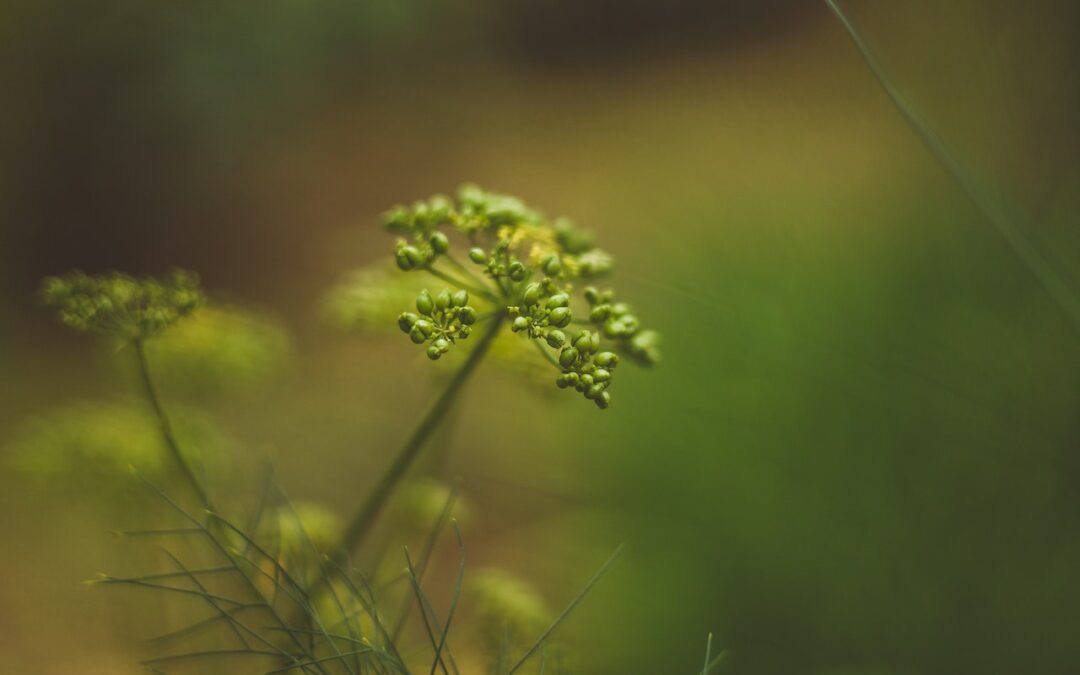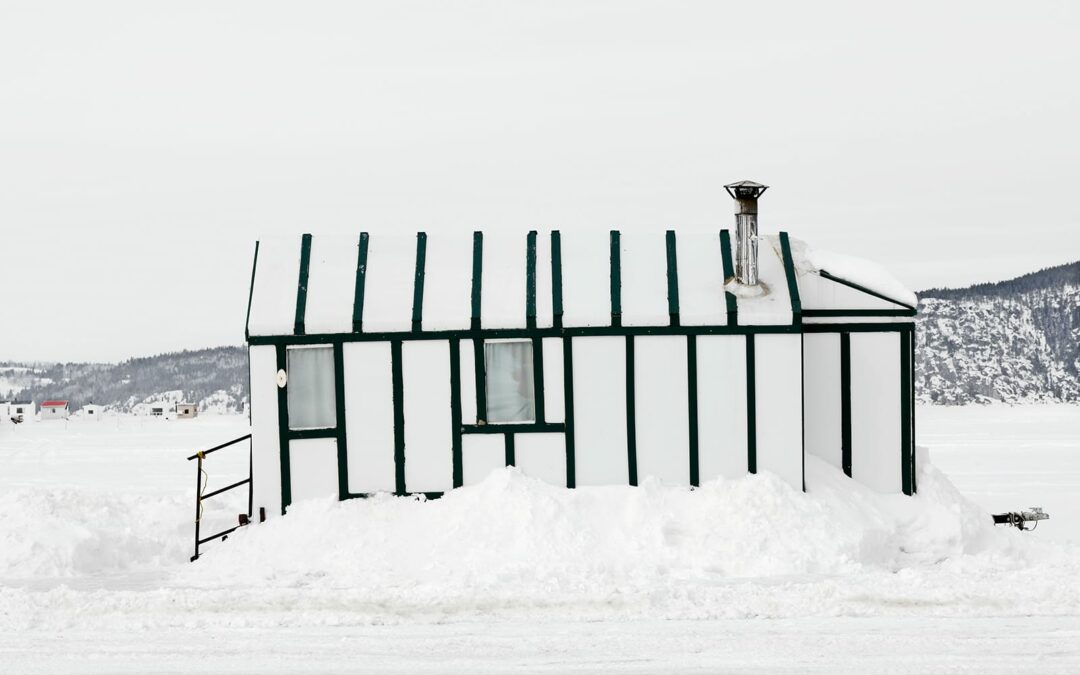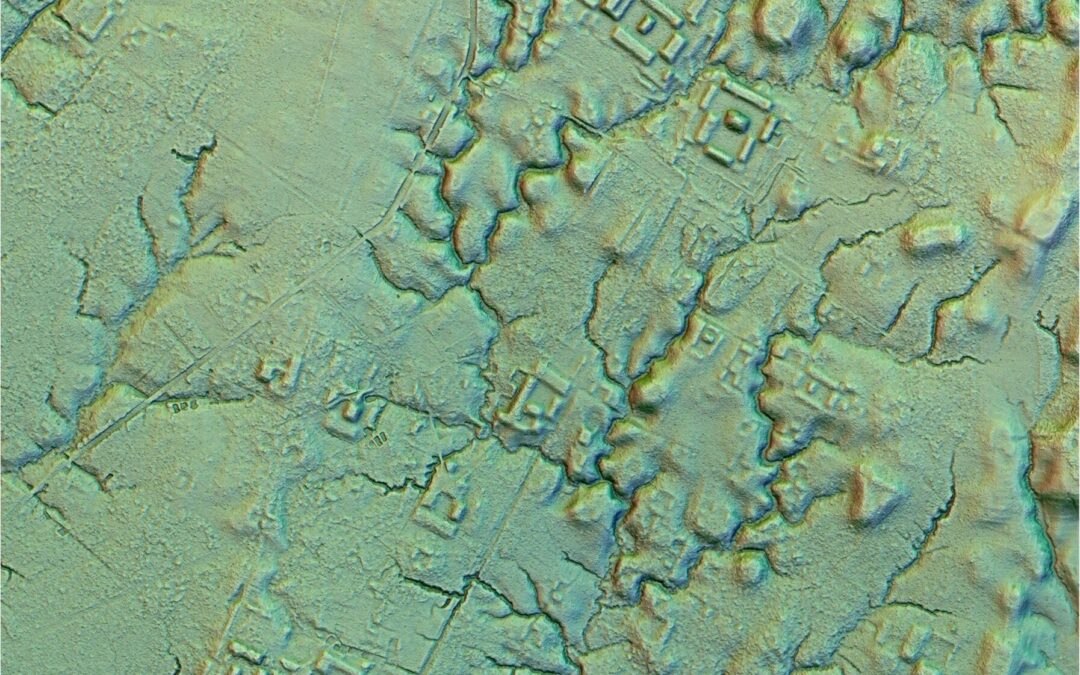
Super-luxury Maserati electric SUV to arrive in 2027
The Italian firm plans to make its cars more luxurious than ever

The Italian firm plans to make its cars more luxurious than ever

Sponsored: EcoAct highlights urgent need for credible climate transition plans, emphasizing transparency and early compliance for a competitive edge.

About 60 percent of Japan’s apples grow in Aomori Prefecture, and as with any agricultural crop, the region also generates a significant amount of production waste, particularly as the fruits are squeezed and pressed for juice. The designers at Sozai Center engineered a new technology that recycles the leftover pomace into an elegant fabric called “Adam.”
In collaboration with KOMORU Corporation and M&T, the center gathers leftover matter from local farmers and fashions translucent sheets speckled with deep red flecks from a powder of stems, skins, and cores. More
Do stories and artists like this matter to you? Become a Colossal Member today and support independent arts publishing for as little as $5 per month. The article Sozai Center Designs a Durable Speckled Fabric Made Entirely of Recycled Apple Waste appeared first on Colossal.

Starting in late December and January when the temperatures stay consistently below freezing, bodies of water in the northern United States and Canada begin to freeze. As the ice reaches thicknesses over four inches, it becomes safe to walk on, and at more than five inches, it is usually safe for snowmobiles. Then, in droves, residents take to the lakes. Ontario’s 279-square-mile Lake Simcoe, for example, draws more people for its ice fishing than any other lake in North America, attracting upwards of 4,000 huts each year. More
Do stories and artists like this matter to you? Become a Colossal Member today and support independent arts publishing for as little as $5 per month. The article Framed by Frozen Lakes, Richard Johnson’s ‘Ice Huts’ Capture Wintertime Communities in Canada appeared first on Colossal.

If someone were to ask you what you know about the history of the Amazon, what would you say? Archaeologist Stéphen Rostain, who knows a thing or two about the region, insists in a recent profile that the answer is “nothing, because the history that we think we know is wrong.” In a study recently published in Science, Rostain chronicles a 30-year research project and the astonishing discovery of a 2,500-year-old metropolis in the Ecuadorian rainforest, a “lost valley of cities.”
While previous expeditions to the area have documented large mounds and monuments throughout the area, the enormity and complexity of this find exceeded expectations with the discovery of thousands of houses, complex roads, plazas, ceremonial sites, and drainage canals. More
Do stories and artists like this matter to you? Become a Colossal Member today and support independent arts publishing for as little as $5 per month. The article In the World’s Largest Rainforest, a Prehistoric Metropolis Emerges After More Than 2,500 Years appeared first on Colossal.